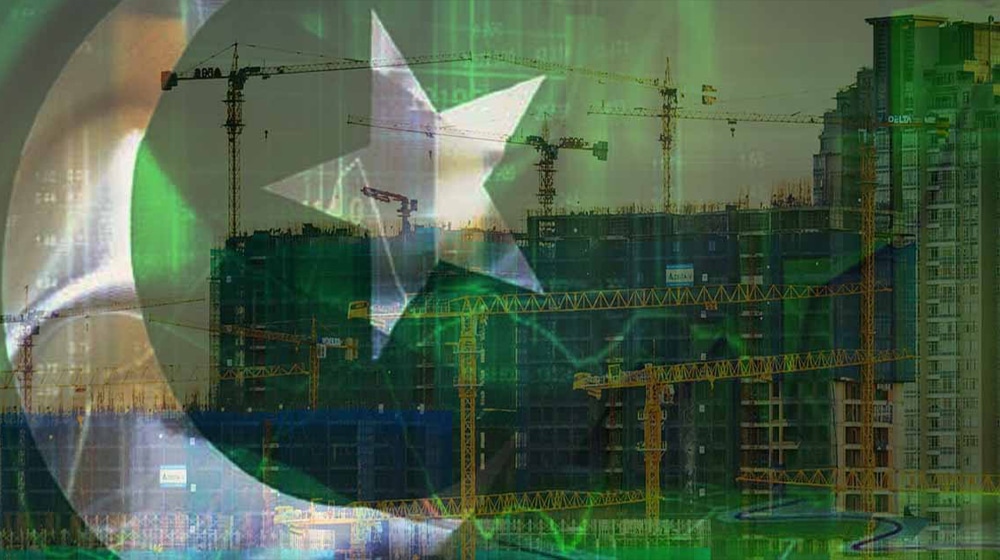With the sharp surge in local petrol prices, the devaluation of the currency, and expected adjustments in power and gas tariffs, there are signs of a significant uptrend in inflation going ahead.
The Sensitive Price Index (SPI), which measures the weekly price movements of essential consumer items, was up 3.38 percent week-on-week (WoW) or 28 percent year-on-year (YoY) during the week ending 16 June 2022 versus the last 10-year average weekly increase of 0.2 percent. This is the highest increase in over a decade.
As per estimates, consumer price index (CPI) inflation is likely to remain in the range of 18.5 percent to 19.5 on a YoY basis (3.9 percent to 4.8 percent on an MoM basis) for June 2022.
Pakistan is also anticipated to witness a streak of 15+ percent inflation for the next four to six months where it is anticipated to peak at ~21 percent in August. Average inflation is likely to be around 15.5 to 16.5 percent in FY23 as compared to Pakistan’s long-term average inflation of eight percent. It is anticipated to clock in at ~10 percent for FY24.
The key assumptions regarding the thesis include:
- The increase in base electricity tariff by Rs. 7.9/unit or ~45 percent in July 2022
- The increase in gas prices by 45 percent in July 2022
- Arab light oil price assumption of $100/barrel (bbl) in FY23 and $87/bbl in FY24
- The five percent annual devaluation in FY23 and FY24
With all the above-mentioned variables at play, even a simple sensitivity of MoM rise in the CPI index indicates that inflation will remain elevated during the next few months and much higher than historical averages.
Many observers try to compare the current situation to 2008 when inflationary pressures surged significantly, driven mainly by the global financial crisis. During that period, prices remained elevated for a prolonged period as inflation stood at more than 15 percent for 13 months from April 2008 to April 2009. It peaked at 25 percent in October 2008 while FY09 average inflation stood at 21 percent.
The current situation of the rising CPI trend is also somewhat similar to what was seen during 2010, where inflation remained at around 15 percent for four consecutive months from September 2010 to December 2010, with average FY11 inflation clocking at 14 percent.
Average policy rates have remained around one over and above the average inflation rate in the last 20 years. On the other hand, the six-month T-bill rate has remained on par with inflation rates.
Real rates are not only a function of current inflation rates but are also dependent on the inflation outlook.
Based on past data, the policy rate has also remained 30bps on average above and above inflation expectations for next year, whereas the T-Bill rate remained 50bps below inflation estimates for next year. This is also evident from the current 6-month T-Bill rate, which stands at 15.2 percent against inflation expectations of around 16 percent for FY23.
It is also interesting to note that real interest rates have remained negative during months of high inflation (more than 15+ percent). On average, real rates remained at around -8 percent from April 2008 to April 2009 as policy rates peaked at 15 percent in November 2008 despite monthly inflation of 25 percent.
Similarly, real interest rates averaged -1.5 percent from September 2010 to December 2010 when the policy rate peaked at 14 percent in December 2010. This is because the market participants believe that the CPI will gradually cool down.
A similar trend is expected in FY23 in which real rates are anticipated to remain negative for a few months. However, it is also thought that a 100-150 basis point increase in the policy rate cannot be ruled out.
The State Bank of Pakistan (SBP) cumulatively increased the policy rate by 675bps during the last year and by 400bps in 2022 to date. This is the highest policy rate increase since 2008 when the policy rate was raised by 500bps in a calendar year.
SBP Director Monetary Policy & Research, Dr. Omar Farooq, also recently stated in a podcast that the monetary policy transmission mechanism takes at least 12-18 months to complete. Resultantly, it is thought that the SBP will attempt to assess the impact of its key monetary tightening measures before making further rate adjustments.





















